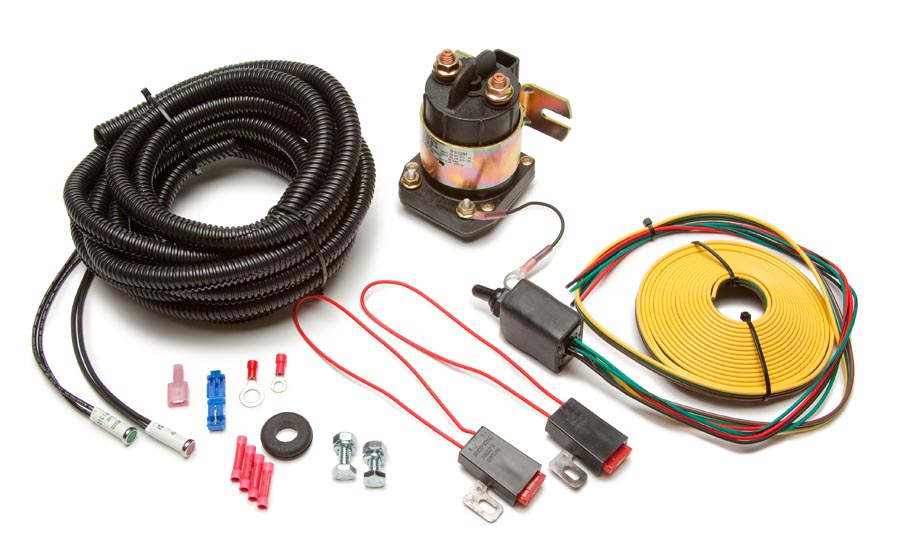I have been having a problem over the last few months that if the truck sits for 2-3 days, the batteries will go dead. It doesn't happen every time that I let it sit for a couple of days, but it's happened a few times, about 2 times a month. And sometimes even if it has just sat overnight, it will crank slowly, like the batteries are low.
I have had the batteries tested, and they are OK. They are less than a year old, being installed in the truck before I bought it last October.
I have had the alternator replaced, thinking that the old one had a short in it, but the batteries still go dead. I tried to start the truck yesterday, and the batteries were so flat, they only registered about 3 volts on a voltmeter. I had started the truck last friday, and it was fine, but after sitting through saturday and sunday, the batteries were dead. So something is drawing a lot of current when the ignition is off, but it doesn't do it all the time. Chasing down an intermittent problem like this can be difficult. I have thought of buying an inductive current probe to check for current on the battery cables every time I shut the truck down, and if I detect current, restart and shut down again to see if the current goes away. Or if I detect current, start pulling fuses until I find the circuit that is drawing.
Has anybody out there had a problem like this, and what was the solution?
I have had the batteries tested, and they are OK. They are less than a year old, being installed in the truck before I bought it last October.
I have had the alternator replaced, thinking that the old one had a short in it, but the batteries still go dead. I tried to start the truck yesterday, and the batteries were so flat, they only registered about 3 volts on a voltmeter. I had started the truck last friday, and it was fine, but after sitting through saturday and sunday, the batteries were dead. So something is drawing a lot of current when the ignition is off, but it doesn't do it all the time. Chasing down an intermittent problem like this can be difficult. I have thought of buying an inductive current probe to check for current on the battery cables every time I shut the truck down, and if I detect current, restart and shut down again to see if the current goes away. Or if I detect current, start pulling fuses until I find the circuit that is drawing.
Has anybody out there had a problem like this, and what was the solution?
Last edited:

